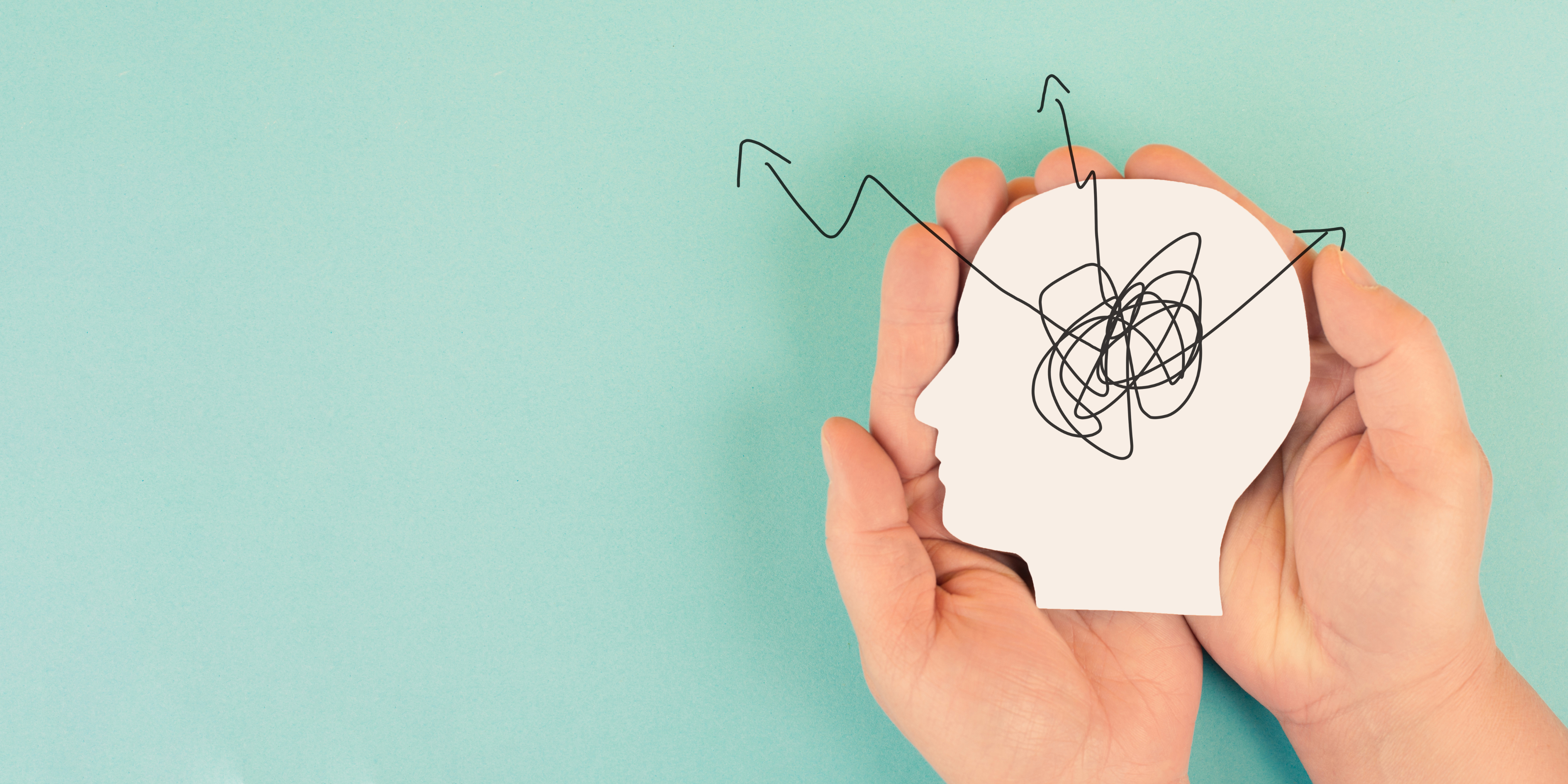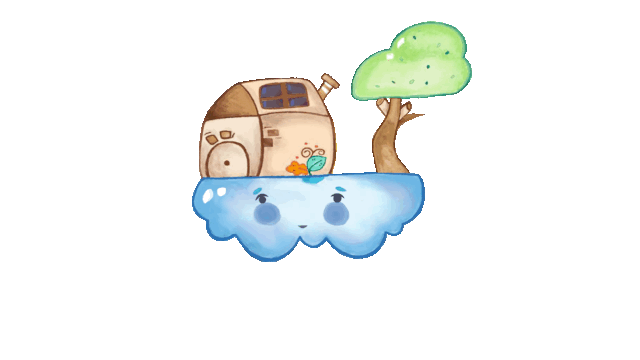
The Autonomic Nervous System and Mental Health: Strategies to Ease Anxiety, Depression and Trauma Response
The Autonomic Nervous System and Mental Health: Strategies to Ease Anxiety, Depression and Trauma Response
By Jazmin in collaboration with the Therapy House team.

When we feel anxious, panicked, or depressed, it is not just our brains that are reacting but our entire nervous system. The Polyvagal Theory suggests that when we perceive that we are under threat, our nervous system has three pathways that it may take.
The Ventral Vagal System (Optimal State)
When our Ventral Vagal System is engaged, we feel calm, grounded, curious and playful. We are able to connect with others and are able to co-regulate our emotions easily. However, if we are experiencing stress and anxiety or have a history of trauma, it can be difficult to access this optimal state of the nervous system. If this balanced state cannot be reached, the nervous system will seek another protective pathway when faced with a stressor or trigger.
The Sympathetic Nervous System (Mobilised State)
Also known as fight or flight, the nervous system jumps into action and sends our body a message that the world is a dangerous place and that we are no longer safe – preparing us to either attack or run, or sometimes both.
When our Nervous Systems are in this state, our bodies are physiologically prepared to mobilise energy. Our body releases cortisol and blood is redirected from our digestive systems to our legs, arms, and muscles. Our internal resources are no longer utilised for nourishing and nurturing an optimal physical state, but instead our system becomes geared for survival.
The Dorsal Vagal System (Immobilised State)
If we are faced with a perceived threat or trigger that the Sympathetic Nervous System is unable to manage or is too overwhelmed to kick in, the Dorsal Vagal System will take over. This protective pathway causes you to freeze and may shut your body down.
In this state, our bodies are physiologically prepared for conserving energy and resources for preservation- pain is numbed, your heart rate falls, and your blood pressure, metabolism and movement are dramatically reduced.
If the circumstances are severely life-threatening, the dorsal vagal response is activated in an extreme way resulting in a state of physical collapse. However, this state is potentially fatal for humans as it can lead to the brain receiving an insufficient amount of oxygenated blood. To prevent this, the nervous system has adapted the ‘freeze’ response, so when the system receives the signals that previously triggered a shutdown response, our systems are put into a state of freeze instead.
In this state a person may experience depression, numbness, or feelings of disassociation. This is also a state of protection, as when the system is overwhelmed by staying in the Mobilised/Fight or Flight state for too long, the Dorsal Vagal System engages to conserve energy.
So, what does this mean?
Understanding the Polyvagal Theory and how the states of our nervous system can impact our physical and mental health can help us map our position on these pathways. Building awareness of our fluctuating states can assist us with both identifying our personal triggers for each of these states and developing strategies for more frequently existing in an optimal state or moving more quickly out of the states of mobilisation and immobilisation.
You may feel like you spend a lot of time attempting to manage overwhelming emotions or feel like patterns of frequent dysregulation leave you in either a hyper-vigilant state or feeling numb. With awareness and understanding of our neurobiological states we can also learn ways to change them.
It is beneficial to visualise these pathways as a ladder, where we can move up or down the rungs of the autonomic nervous system based on our response to detectable changes in our internal and external environment. Remember that whilst you may feel stuck in a specific physiological state, you can still climb up the ladder! It is also possible to experience a combination of all 3 states during in your day-to-day activities.
Polyvagal Strategies to Ease Anxiety, Depression and Trauma Responses
Deep, slow belly breathing
When we are in fight or flight mode we tend to hold our breath, this is likely to increase feelings of pain, anxiety, and fear. The optimal breathing pattern to induce the parasympathetic (relaxation) mode is to reduce our breathing to 5 to 7 breathes per minute.
Tips for deep belly breathing:
- Exhaling through your mouth instead of your nose
- Exhale longer than you inhale
- Breathe more slowly and deeply
- 4-7-8 breathing – breath in for the count of 4, hold your breath for the count of 7, exhale for a count of 8. Repeat for at least three minutes.
- Box Breathing – breathe out for the count of 4, hold for the count of 4, and repeat for at least 3 minutes.
Chanting ‘om’, humming or loud singing
There is evidence to suggest that chanting and humming are effective strategies for inducing a calm restful state. The theory behind this is that the humming and chanting create a vibrational sensation in the ears and throughout the body, which travels through the auricular branch of the vagus nerve and produces limbic deactivation.
‘Om’ Chanting technique:
- Hold the O sound for 5 seconds then continue with the M sound part for the next 10 seconds.
- Chanting for 10 minutes is optimal.
Putting cold water on your face
Evidence suggests that immersing your face in cold water is effective for inducing parasympathetic activation, as it stimulates the vagus nerve and reduces your heart rate.
How to use this strategy effectively:
- Remain seated and bend your head forward into a bowl of cold water, ensuring that your forehead, eyes, and cheeks are submerged. The optimal water temperature is between 10 and 12 degrees.
- Alternatively, you can place ice on your face or splash your face with iced water.
Gargling water
Similar to humming or singing or chanting, gargling water has been found to stimulate the ventral vagus nerve, also these strategies require longer exhalation so are a creative alternative to deep breathing.
Exercise, yoga and dancing
Whilst exercise initially increases our heart rate, the aftermath of exercise causes an influx of endorphins that can stimulate a parasympathetic state. When we exercise with others, this has an added benefit of inducing a state of calm and relaxation due to the added benefits of connection and co-regulation. Dancing and all forms of moving our body release tension and increase vagus nerve stimulation.
Listening to music or playing a musical instrument:
Evidence suggests that music can also stimulate the ventral vagus nerve, both in the form of listening to music and/or playing a musical instrument.
Gratitude Practice
Several studies have shown that daily expression or acknowledgement of gratitude are beneficial for increasing the tone of the vagus nerve. These activities combined with social connection, such as partaking in hobbies or support groups have been found to increase the benefits.
Journaling
Evidence suggests that cultivating the habit of regular journal writing has great benefits for mental health, including a strengthened immune system, lowering our heart rate and increasing heart rate variability. Expressive narrative writing was found to be particularly beneficial. The writing did not have to be shared with others for the benefits to be observed.
The Vagal Push Exercise
This exercise has also been found to be effective for reducing the heart rate and inducing a calmer state
How to perform the exercise:
- Lay on your back, take a deep breath, and hold it.
- Tense your stomach muscles and bear down (as if having a bowel movement) and continue for approximately 15 seconds.
- Repeat 3 times with a 2-minute break between each repetition.
Walking barefoot in nature
Walking without shoes on grass, the beach or the bare earth has been shown to induce a calm state and regulate your nervous system!
If you live in Brisbane or are happy with using Telehealth, we are here to support you. Get in touch today.




